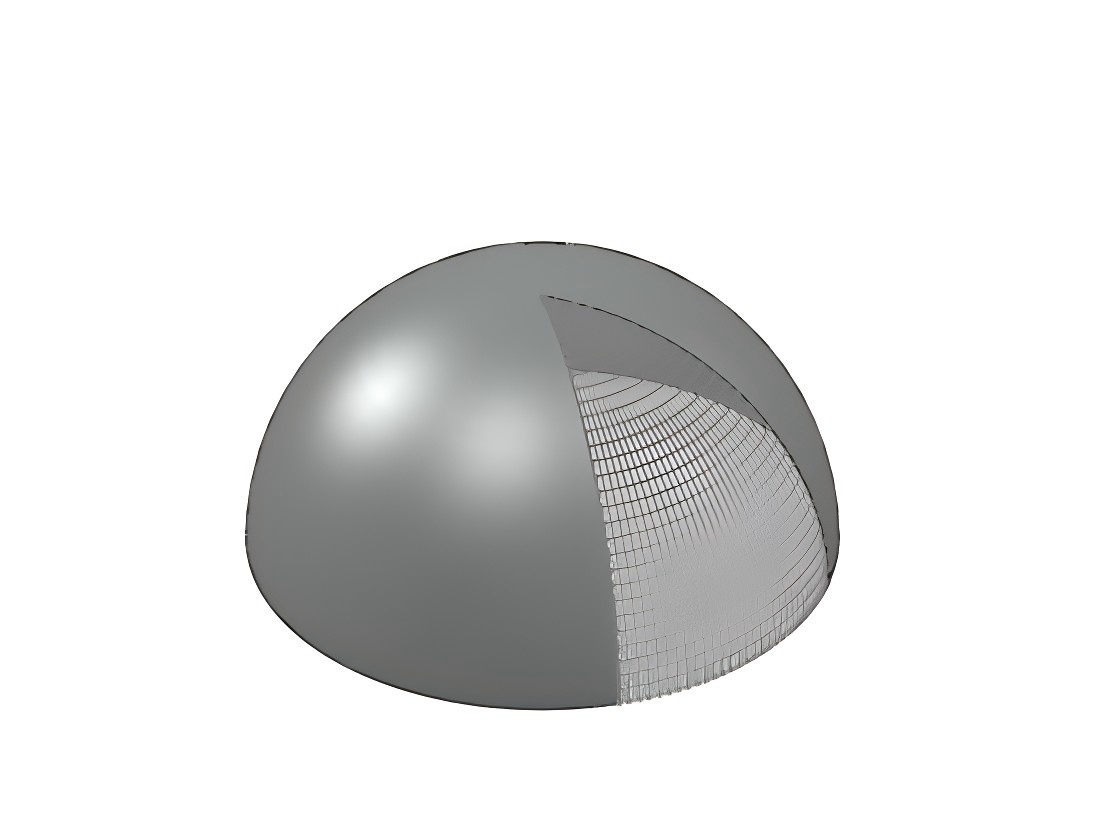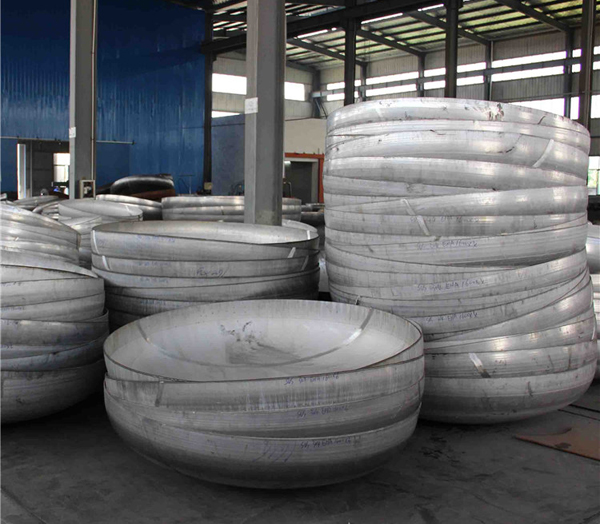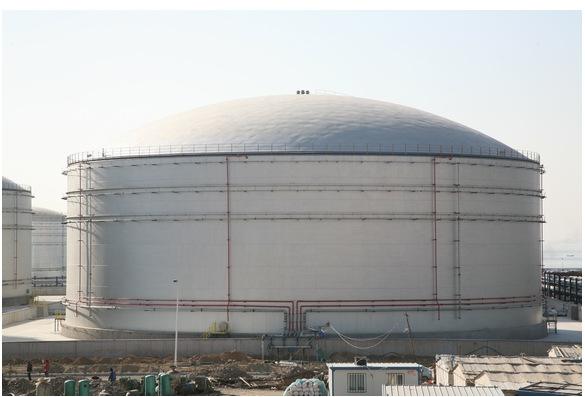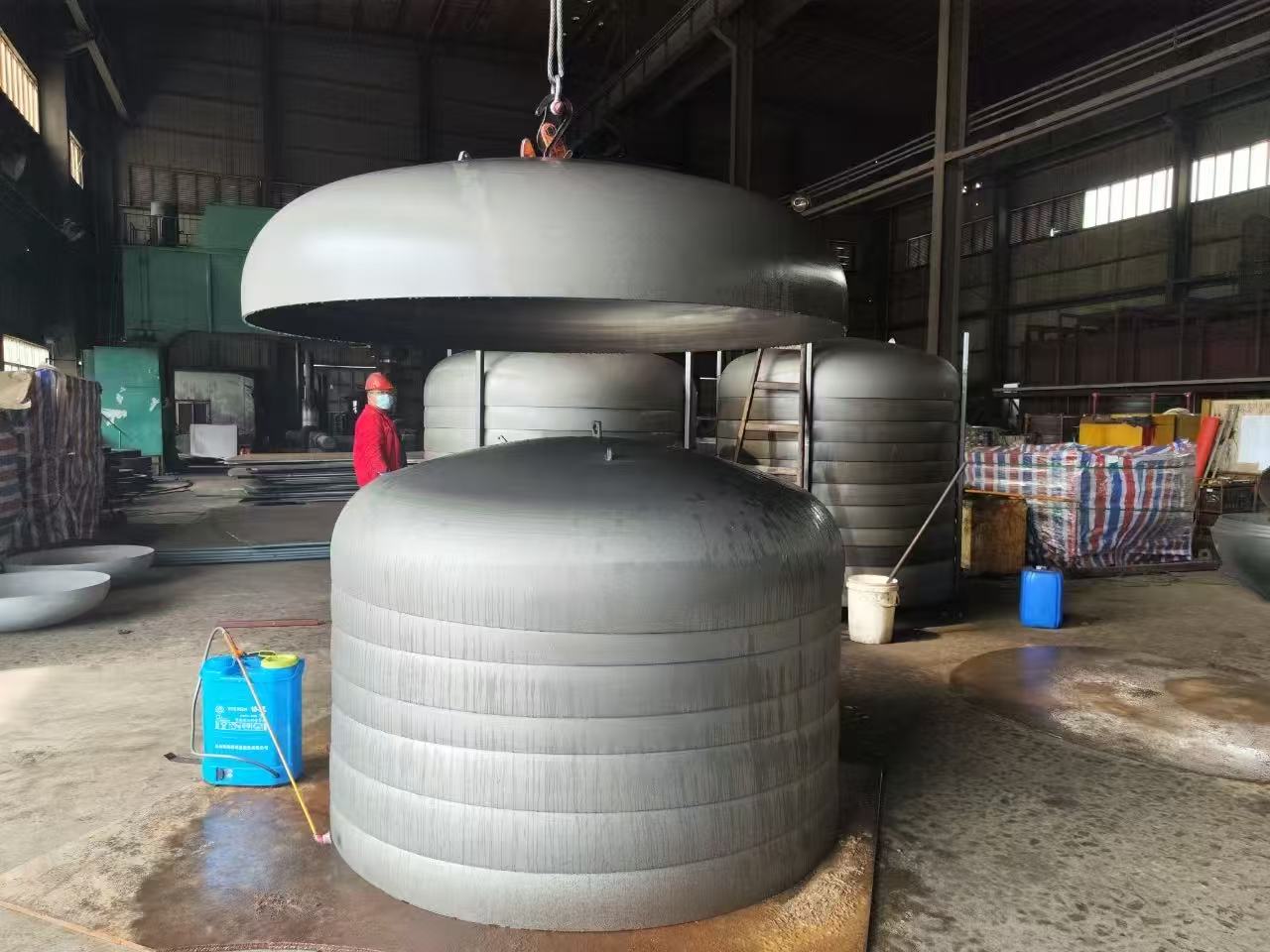Analysis of Localized Corrosion in the Conical Head of a Pressure Vessel
Upload Time:
Dec 31, 2024
Pressure vessels with conical heads are subject to fluid flow dynamics that can lead to corrosion, particularly at the conical head area. This article explores the reasons behind such local corrosion and offers strategies for prevention.
Causes of Corrosion
Corrosion is the degradation of metal caused by chemical or electrochemical reactions with the surrounding environment. There are two main types of metal corrosion: chemical corrosion and electrochemical corrosion. Chemical corrosion involves direct chemical reactions between metal and non-electrolyte substances, leading to the formation of corrosion products without the involvement of electrical current. This type of corrosion is governed by chemical reaction principles and occurs in situations like the corrosion of lead in carbon tetrachloride or ethanol, or when metal forms a protective oxide layer in a high-temperature gas.
On the other hand, electrochemical corrosion occurs when metal interacts with an electrolyte solution, such as seawater, atmospheric moisture, or acidic solutions. This corrosion type is common in industrial environments exposed to such media.
Corrosion can also be categorized into two main types based on the extent of damage: general corrosion and local corrosion. General corrosion affects the entire surface of the metal, leading to a uniform thinning of the material, while local corrosion occurs in specific spots, creating localized damage without significantly affecting the surrounding area. Local corrosion is particularly dangerous due to its hidden nature and the difficulty in detecting and predicting its rate of progression. It can lead to catastrophic failures if undetected.
Common forms of localized corrosion include impact corrosion, pitting, crevice corrosion, stress corrosion, and intergranular corrosion.
Impact and Electrochemical Corrosion in the Conical Head
In the case of pressure vessels, the thinning of the conical head's wall is often caused by a combination of impact corrosion and electrochemical corrosion. Impact corrosion results from the high-velocity movement of a fluid medium against the metal surface, which can be exacerbated by suspended solid particles. The impact causes physical wear and removes any protective film or oxide layer on the metal surface, exposing fresh metal. This fresh surface is then more susceptible to corrosion. The severity of impact corrosion is influenced by the speed of the fluid and the amount of abrasive solid particles suspended within it.
In the case described, the medium inside the vessel consists primarily of sinter dust ash and air. Dust ash contains various compounds such as iron, silicon, calcium, and magnesium oxides, as well as sulfides, which have high moisture absorption properties. These characteristics make the dust highly corrosive, especially in the presence of sulfur dioxide (SO2), which can combine with moisture to form sulfurous acid. The presence of sulfurous acid lowers the pH of the environment, increasing the corrosive effect on the metal surface.
At the fluid inlet to the conical head, the high-velocity flow of solid particles impacts the metal surface, causing mechanical damage to the protective film. This damage exposes the fresh metal beneath, which is then subject to electrochemical corrosion in the presence of sulfurous acid. The combined process of mechanical wear and electrochemical attack leads to a cyclical pattern of corrosion, where the material continues to erode and weaken, eventually thinning the metal wall at the point of impact.
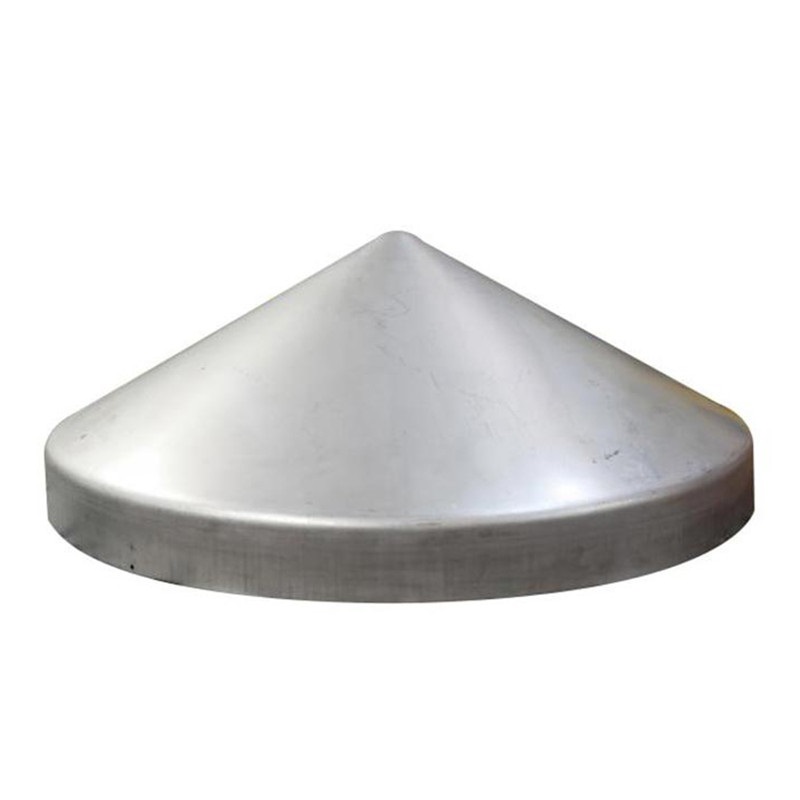
Assessing the Role of Electrochemical Corrosion
The material used for the pressure vessel in this case is Q235-B steel. According to corrosion resistance charts, the corrosion rate of Q235-B in a sulfurous acid environment exceeds 1.5mm per year, which indicates significant deterioration in such conditions. If electrochemical corrosion were the primary cause of the thinning, we would expect to see more generalized corrosion rather than localized damage in the conical head. However, the localized thinning observed suggests that the dominant cause is impact corrosion, with electrochemical corrosion acting as a secondary factor. The high-speed fluid containing solid particles mechanically damages the protective film, exposing fresh metal to further corrosion from sulfurous acid.
Response to the Incident
In compliance with safety regulations for pressure vessels, an immediate inspection notice was issued to the operator, advising them to halt operation and seek maintenance. After contacting the relevant authorities and maintenance teams, a decision was made to repair the affected area and install a buffer plate at the point of impact to prevent future damage. The repair was completed, and the vessel underwent a supervisory inspection to ensure its safety before returning to service.
Following several months of operation, the local corrosion did not reappear, and the wall thickness remained stable, confirming the effectiveness of the corrective measures.
Conclusion and Preventive Measures
The primary cause of thinning in the pressure vessel's conical head was identified as impact corrosion, with electrochemical corrosion playing a secondary role. To mitigate the risk of similar incidents, regular monitoring and thickness measurements should be conducted, particularly in areas prone to impact corrosion. By identifying issues early and implementing preventive measures, such as installing buffer plates or modifying flow dynamics, the safety and longevity of pressure vessels can be significantly improved.
Maintaining equipment and adhering to regular inspection protocols, including engaging specialized testing organizations when needed, ensures the safe and reliable operation of pressure vessels.
Relevant News
